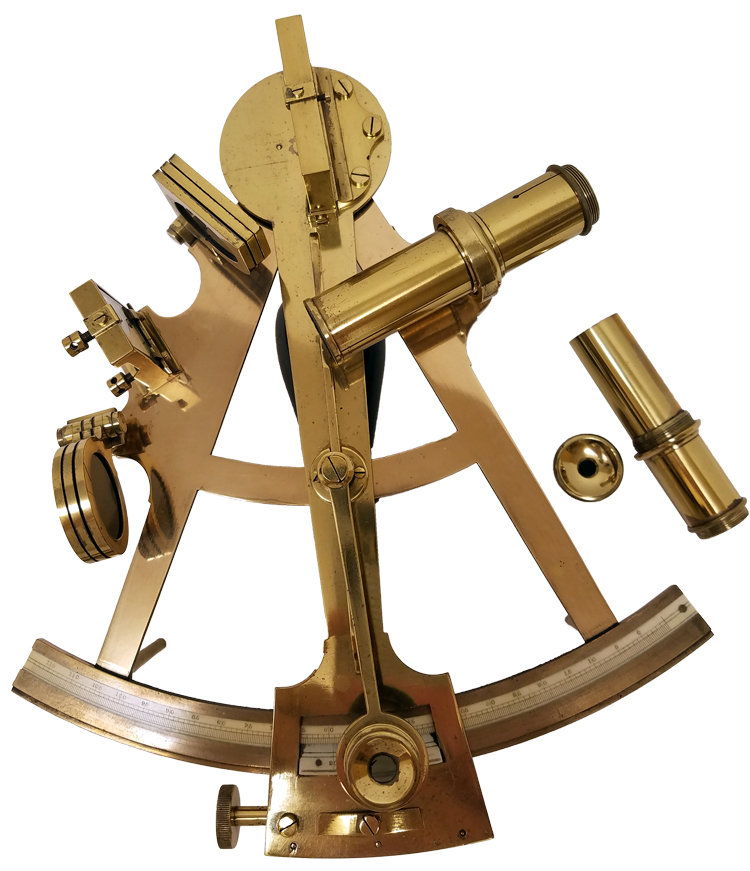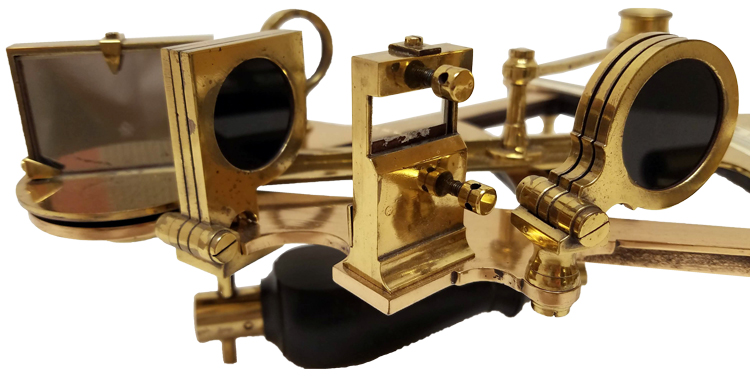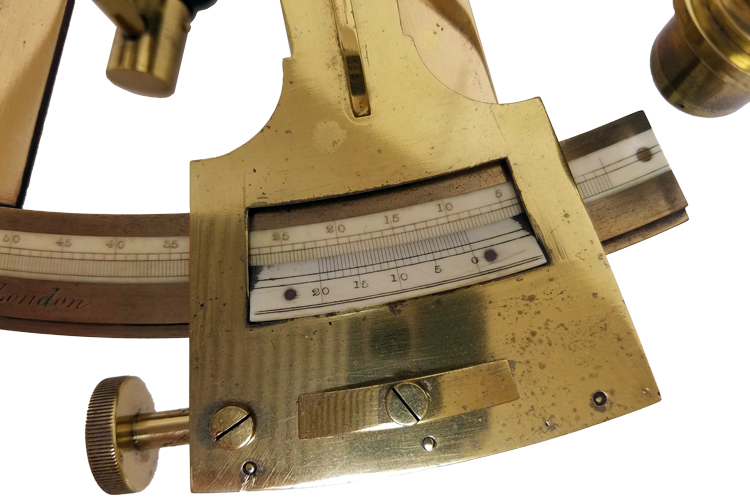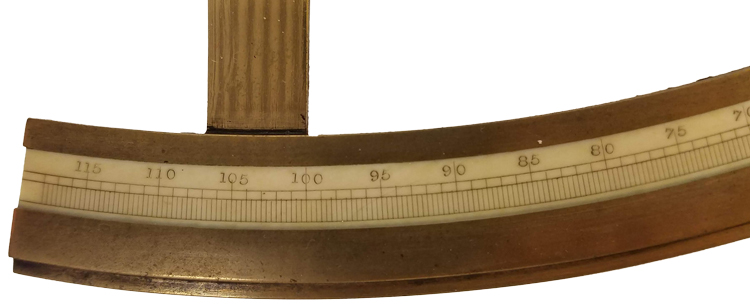J. W. NORIE WILSON MID 19THN CENTURY SEXTANT


PRESENTED is a very fine antique English sextant by a well known maker, Norie & Wilson, and with a rather unique feature. Almost all of the brass & bronze instruments have arcs with silver inserts. This one has an ivory arc insert. Ivory arc inserts were common in ebony and mahogany instruments, but we’ve only been able to find two examples of ivory inserts in bronze pieces: one by Janet Taylor and one by a french maker, Leon Dubas. This rather unusual feature makes this particular instrument an interesting and rare collectible.
History of J.W. Norie: John William Norie (1772-1843), a mathematician, hydrographer, chart maker and publisher of nautical books, was most famous for his Epitome of Practical Navigation (1805), which became a standard work on navigation and went through many editions, as did many of Norie’s works. His known navigation instruments are few, and normally found in museums such as the British National Maritime Museum in Greenwich, and the USS Constitution Museum in Boston.The quality of the machining and beautifully crafted bronze frame indicate this instrument was made by an advanced instrument maker, one who would stand at the top of his trade. It has been polished and lacquered to emphasize its beauty and importance as a piece of navigation history.
Norie began his career working with William Heather, who had in 1765 taken over chart publishers Mount and Page, and who ran the Naval Academy and Naval Warehouse in Leadenhall Street from 1795; the Naval Warehouse provided navigational instruments, charts, and books on navigation. Norie took over the Naval Warehouse after Heather’s retirement and founded the company J.W. Norie and Company in 1813. After Norie’s death, the company became Norie and Wilson, then in 1903, Imray, Laurie, Norie & Wilson. They continue in business as chart makers and were based in London until 1939, and are now headquartered in St Ives in Cambridgeshire.
The quality of the machining and beautifully crafted bronze frame indicate this instrument was made by an advanced instrument maker, one who would stand at the top of his trade. It has been polished and lacquered to emphasize its beauty and importance as a piece of navigation history.


